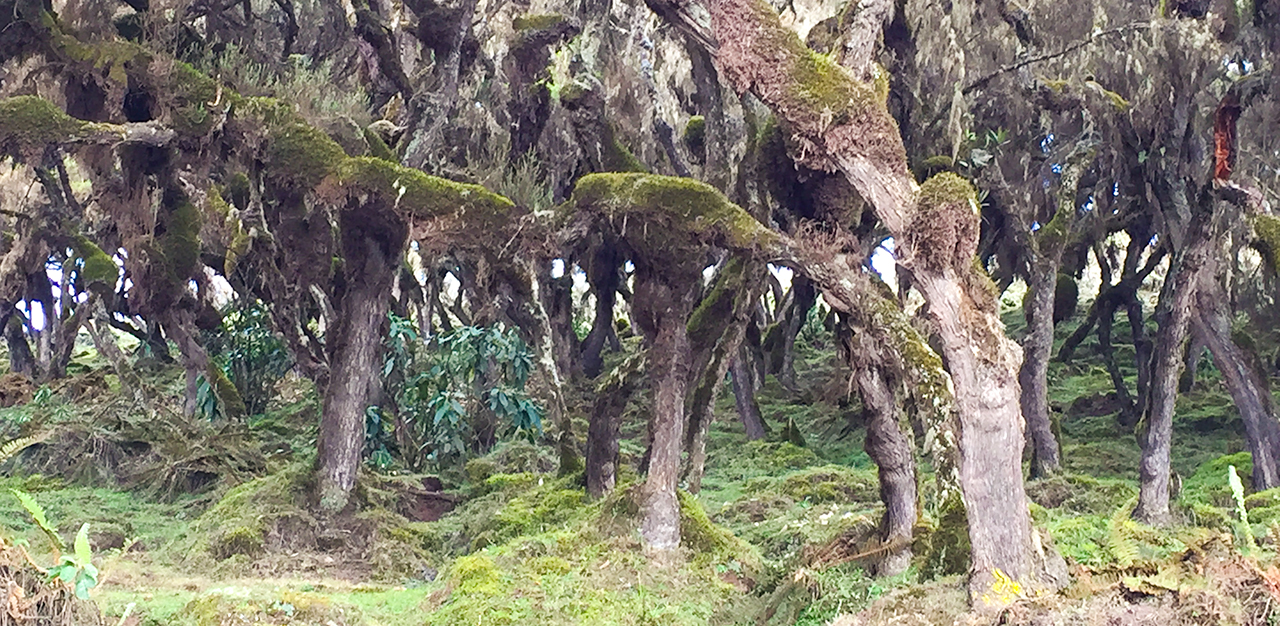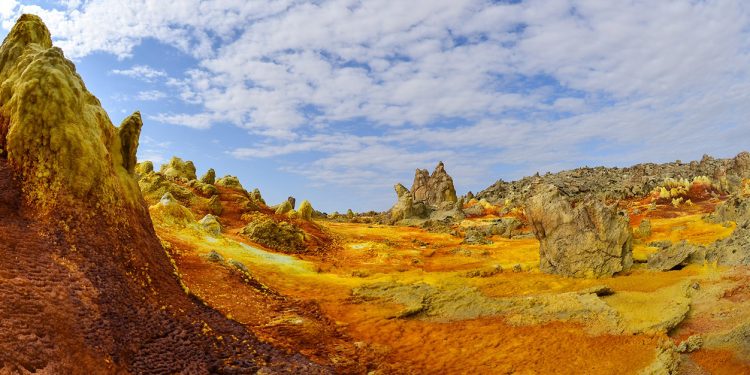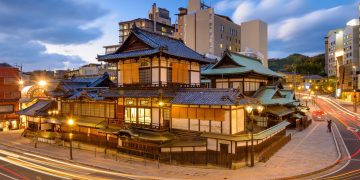With the pandemic halting travel plans, many have turned to ‘virtual travelling’ to sate their wanderlust. For those yearning to catch a glimpse of other pockets of the world, TheHomeGround Asia brings you on a journey in Through the Eyes… . In this installation, Deputy Chief Executive Officer of the National Council of Social Service Fermin Diez reveals the colourful wonders of Ethiopia.
For the uninitiated, Ethiopia is a star entry among the list of the world’s remote destinations. The land-locked nation is peppered with astonishing landscapes and natural wonders – think multi-coloured salt plains that seem like a hallucinogenic dream, or a slew of abandoned medieval castles and rock-hewn churches set against a backdrop of jagged peaks and sweeping vistas. It has successfully resisted European colonialism over the years and boasts a peerless history that can only serve to fascinate.
As one of Africa’s fastest-growing economies, with a young population and booming cityscape, the country has been led by Prime Minister Abiy Ahmed since 2018. He is the Africa’s youngest leader, and a 2019 Nobel Peace laureate, for his efforts to achieve peace and international cooperation, and in particular resolving the border conflict with neighbouring Eritrea.
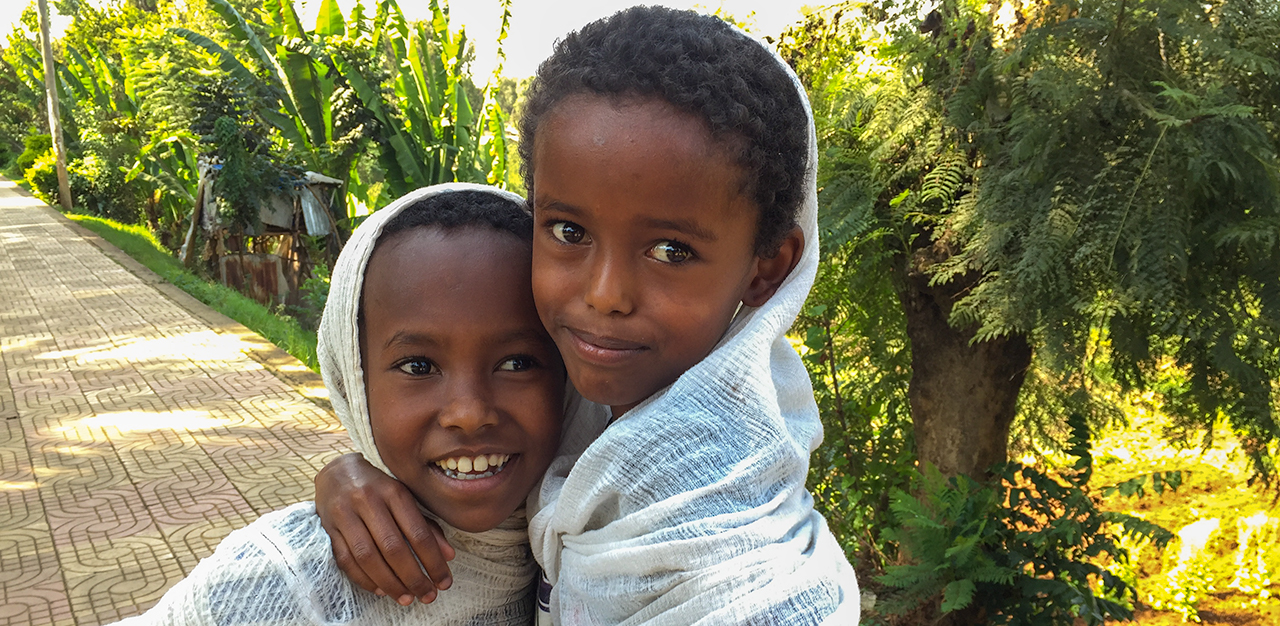
Interestingly, Ethiopia remains one of the least travelled places around the world. But it is not difficult to see why. After all, Ethiopia used to be a place all too synonymous with tragedy: drought, famine, political unrest and revolution had placed Ethiopia’s tourism industry on the back burner. That has since changed.
According to World Bank estimates, in 2019, Ethiopia became the fastest growing economy in the region, albeit also one of the poorest, with a per capita income of US$850. A new state-of-the-art train, which began operations in 2018 and quickly became a symbol for Ethiopian ambition, now connects Addis Ababa, Ethiopia’s capital, to the small neighbouring country of Djibouti. Such a feat emphasises the nation’s potential to be even more interconnected in the future.
Rock-hewn churches, a rich history and unique way of telling time
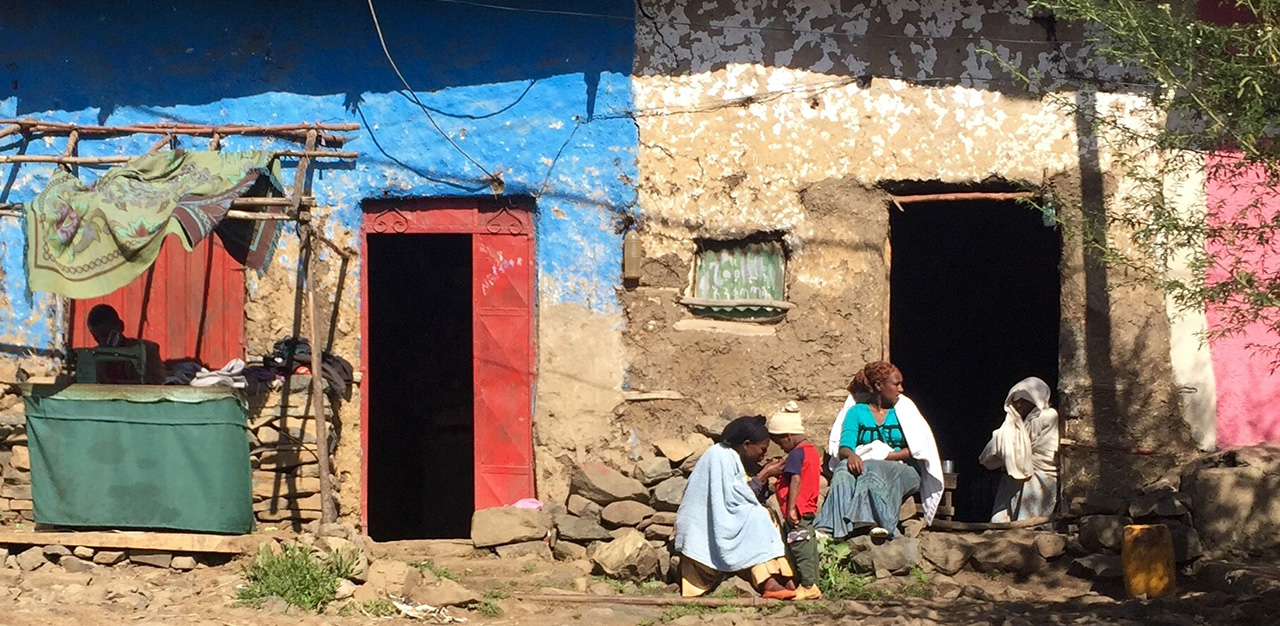
There are several unique draws to Ethiopia and of which, the country’s robust cultural history tops the chart.
Fermin Diez, 61 notes that there are nine UNESCO World Heritage Sites, in Ethiopia. Says the Deputy Chief Executive Officer of the National Council of Social Service: “My wife and I have heard wonderful things about it and that motivated us to explore the country for two weeks by car.”
Then, there’s Ethiopia’s acclaimed moniker “the cradle of humankind”, bestowed after the discovery of a 3.2 million-year-old fossil of a hominid (known as “Lucy”, from the Beatles song “Lucy in the Sky with Diamonds”), which was the earliest hominid skeleton to be found in 1974.
“When I first heard about Ethiopia in the 1980s, my impression of the country was very much influenced by the famine and hunger crisis faced by the country then,” Dr Diez adds, referring to the 1985 Live Aid concert that was held at Wembley Stadium in London, and featured performances by megastars, such as Madonna, Elton John and David Bowie.
“We were hugely surprised as we traversed the country and discovered fields of wheat, maize, barley, that extended for miles like a verdant patchwork quilt.”
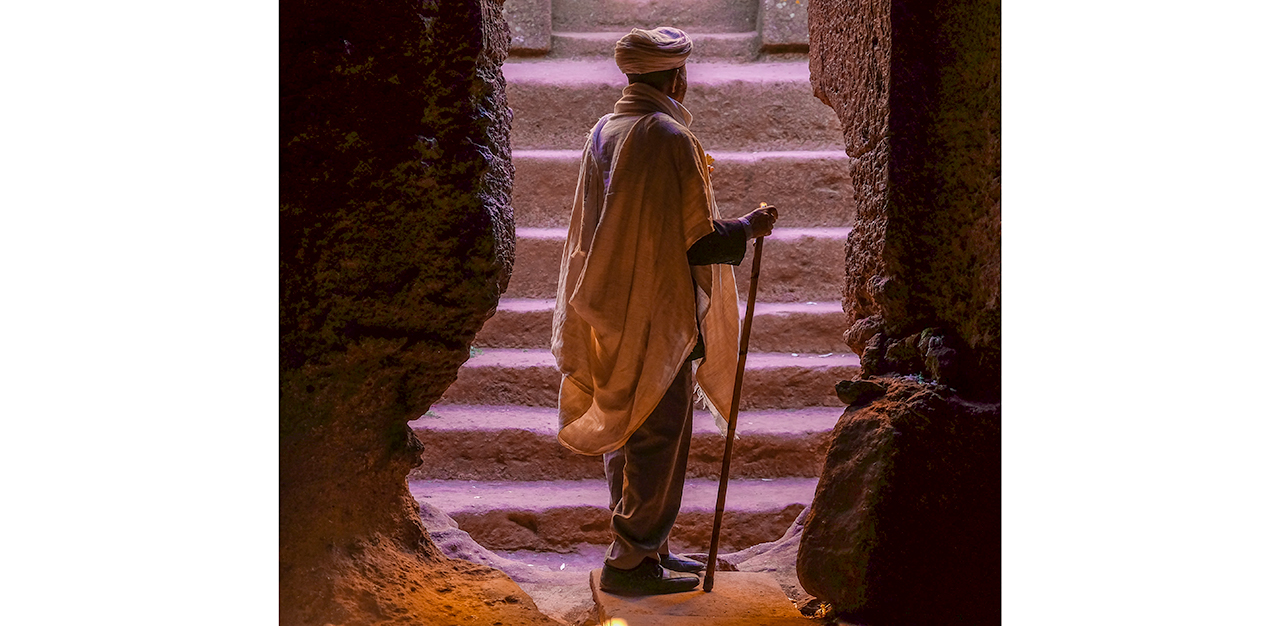
In a country that has been largely untouched by European colonialism, Ethiopia’s way of life is both an enigma and wholly unique. The country’s religion and culture remain largely homegrown, and its locals are proud of their country’s beauty and progress. For starters, Ethiopians express time according to a 12-hour day; the day begins at 6am and 7am is considered to be the first hour of the day. While the religion in Ethiopia consists of a number of faiths including Christianity, Islam, Jewish and more, the majority of its population follow Orthodox Christianity.
“It’s a very ancient land with plenty of biblical accounts, such as the story of King Solomon and Queen of Sheba, based upon it,” says Dr Diez.
On how enlightening it was to see a different form of iconography in places of worship, the seasoned traveller adds: “My wife and I were quite surprised with the depictions of a Black Jesus Christ, angels and even the Virgin Mary. It was not what we were used to, but it makes perfect sense in their context.”
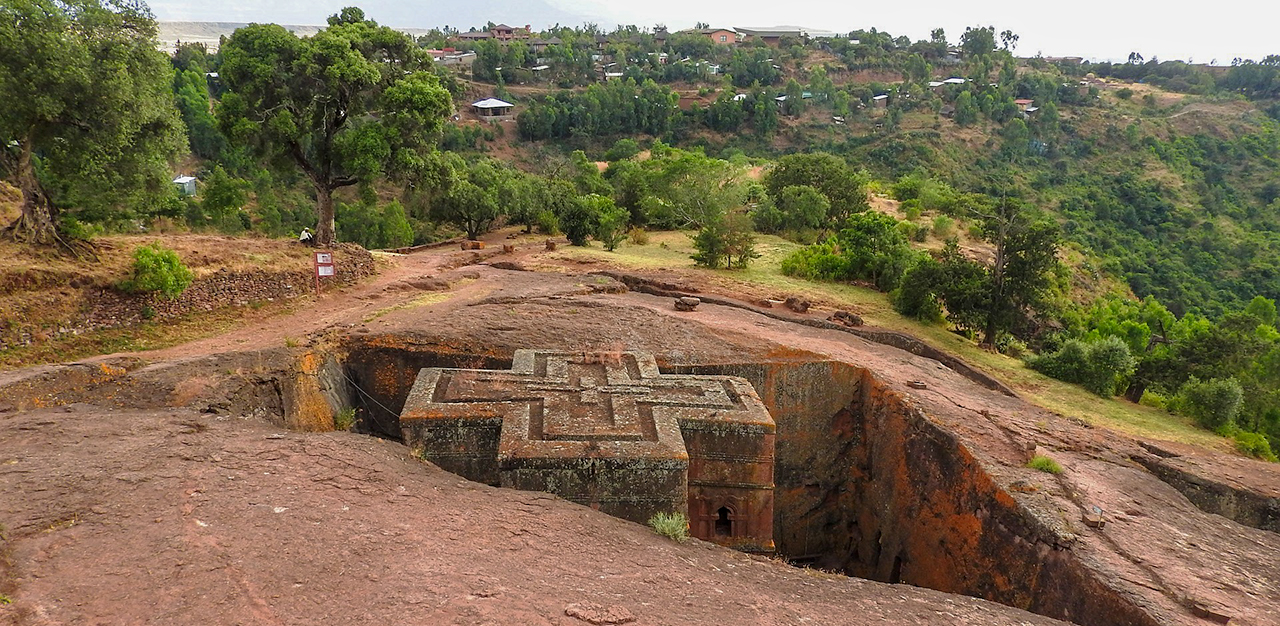
No trip to Ethiopia is complete without a stop at the town of Lalibela. Situated in the North, the seemingly rural town is bridled with rock-hewn churches that date back to the 12th and 13th centuries. Still in a relatively well-preserved state, Lonely Planet calls these churches Orthodox Christianity at its most raw and powerful, with architecture adorned with paintings, and the occasional soft chants from priests and pilgrims.
Dr Diez, who was from Venezuela and has since become a Singaporean citizen, reminisces: “Observing the white-robed pilgrims chant, sing and worship was a mystical experience.”
The most inhospitable place on earth
In the north-eastern fringes of Ethiopia, lies the Danakil Desert, home of the Afar tribe who used to practise cannibalism and sadistic rituals. These tribesmen were once notorious for slicing off foreign intruders’ testicles as a form of greeting; a ferocious act and way of life believed to have been mirrored from the unforgiving terrains they are surrounded with. But Afar people have long given up these ways and instead embraced lives as nomadic herders or salt harvesters.
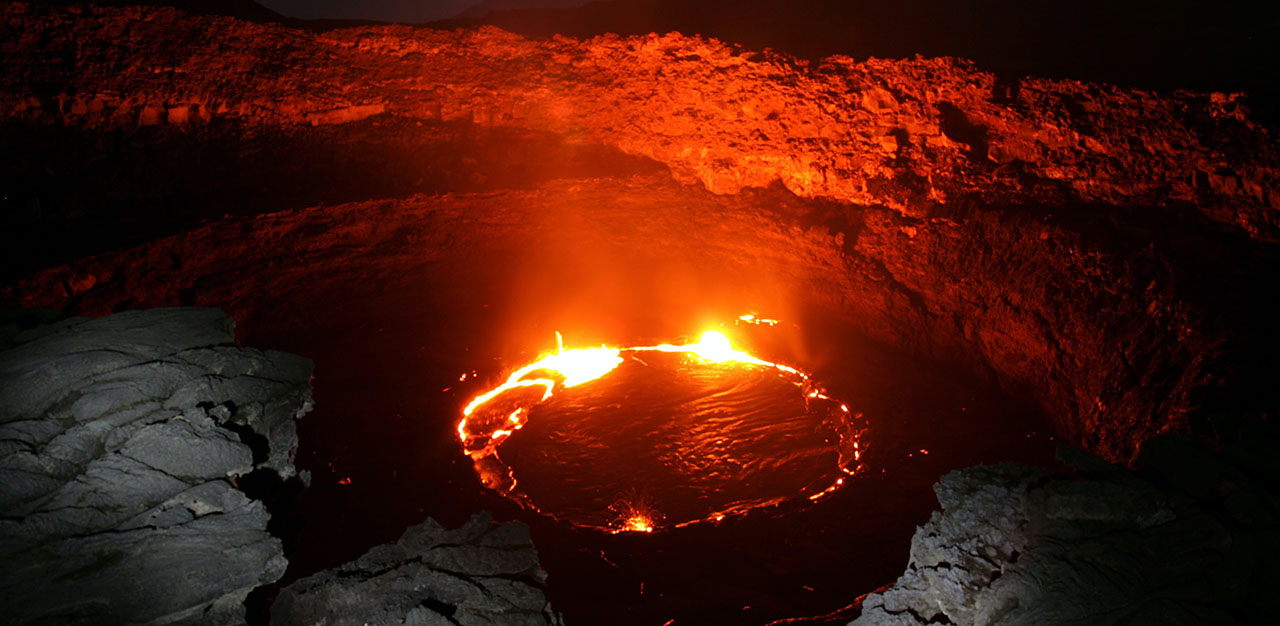
In the Danakil Desert, the arid moonscape is blistered with fissures and faults on the ground. There is rarely rain in the area and temperatures easily hit 40˚C. Sometimes, molten magma oozes from beneath the Earth. Other times, the lakes spew flames. The desert is also dominated by luminescent ponds of yellows and greens that bubble like a boiling cauldron and emit a poisonous miasma of chlorine and sulphur gases.
Despite all the geological drama, the desert is mineral-rich and many of the Afar people harvest salt for living there: Under the excruciating desert heat, they mine up salt deposits and cut them up into blocks before loading them onto camels and exporting them to local markets.
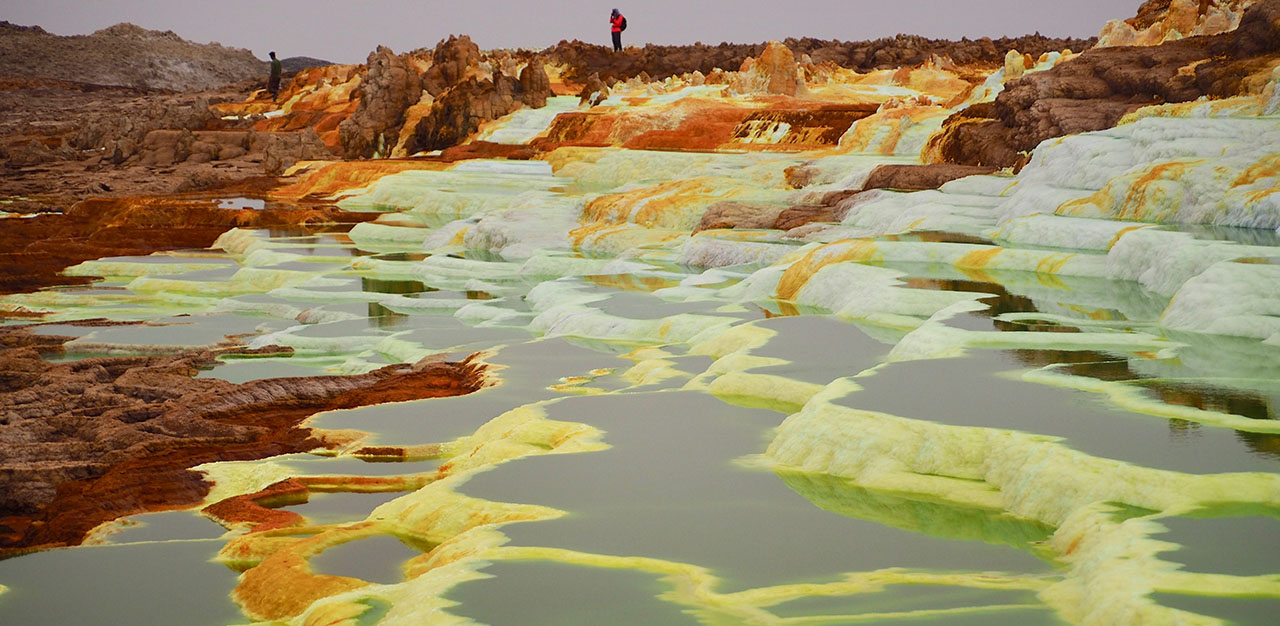
This very violent landscape is also home to the Danakil Depression, a plain that lies at the triple junction of three tectonic plates, which is otherwise known as “the lowest, the driest, the hottest and the most inhospitable place on Earth” or “Gateway to Hell”. Well-worth beholding, the Martian-like plain is a befuddling but gorgeous patchwork of salt fields, active underground volcanoes, and sulfuric lakes.
Embrace peace at Lake Tana
Escape the dusty Ethiopian towns and travel northwest from Ethiopia’s capital, Addis Ababa, to Lake Tana, where you can immerse yourself in the rich biodiversity and history surrounding Ethiopia’s largest lake.
The gorgeous lake, with its lush tropical vegetation, is not only teeming with wildlife, it is also known to be the source of the Blue Nile River that spans across approximately 1,450 kilometres through Ethiopia and Sudan. The water at Lake Tana is inhabited by small pods of hippopotamus, while the region surrounding it is also home to countless species of endemic birds.
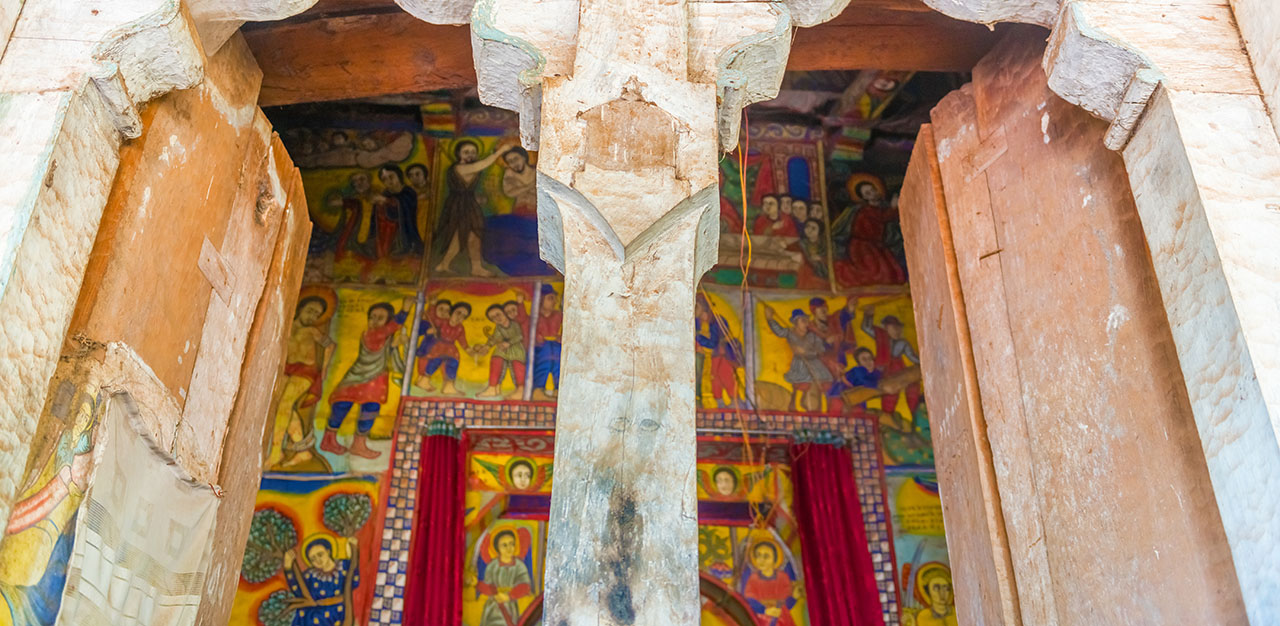
More significantly, visitors head to Laka Tana to embrace some of the finest mural arts in Ethiopia that adorn the walls of abandoned, but well-maintained, church monasteries that date back to the 14th century.
“Thanks to their remote location, some of these venerated monasteries are very well-preserved,” Dr Diez says. “The walls are covered with ecclesiastical art comprising colourful and vibrant murals that depict scenes from the Bible and the history of the Ethiopian church.”
How to bring a slice of Ethiopia back home
Addressing the elephant in the room, Dr Diez cautions first-time travellers to Ethiopia to be mindful of their surroundings, especially in crowded areas. It would be wise to not mindlessly gaze at your phones while strolling the streets and limit your movements at night.
“Pickpockets almost got us in Addis Ababa,” Dr Diez recounts. “A couple of teenage kids managed to get a hold of my mobile phone in broad daylight but we managed to ward them off and recovered it.”
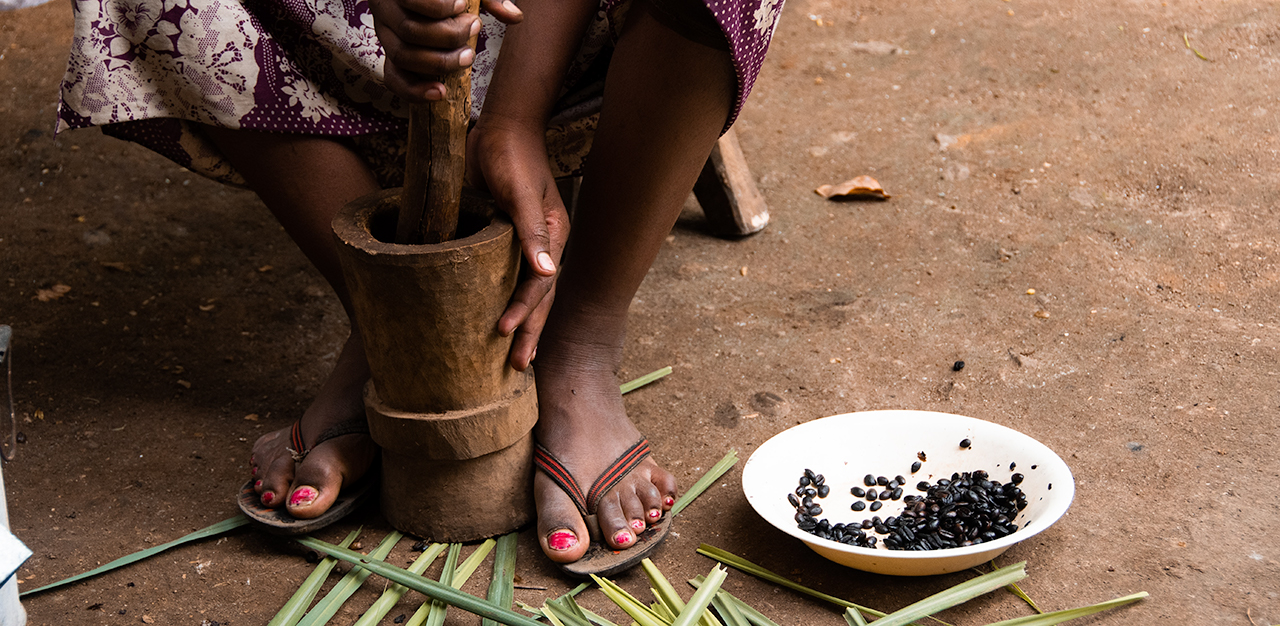
According to Dr Diez, the best time to visit Ethiopia is during the dry season that spans between September and April. Ethiopia is also known as the birthplace of coffee and it even has a Starbucks knockoff (with a logo, an interior décor and an employee apron that resemble any of the franchise outlets from the world’s largest coffee chain) in Addis Ababa. Souvenir-wise, he suggests getting “tons of coffee”.
Having lived in different pockets around the world, including New York City, São Paulo and Hong Kong, the seasoned globetrotter, who eventually settled in sunny Singapore in 2007, is still not quite done with Ethiopia yet. “Ethiopia was beautiful, exciting and yet down to Earth. I still miss the wonderful people, music, food, landscapes and history,” he says, expressing his interest to return.
Sharing one of his best memories of Ethiopia, he says: “Remember the Ents, the talking trees in the Lord of the Rings, I think we found them… in the southern part of Ethiopia!”
